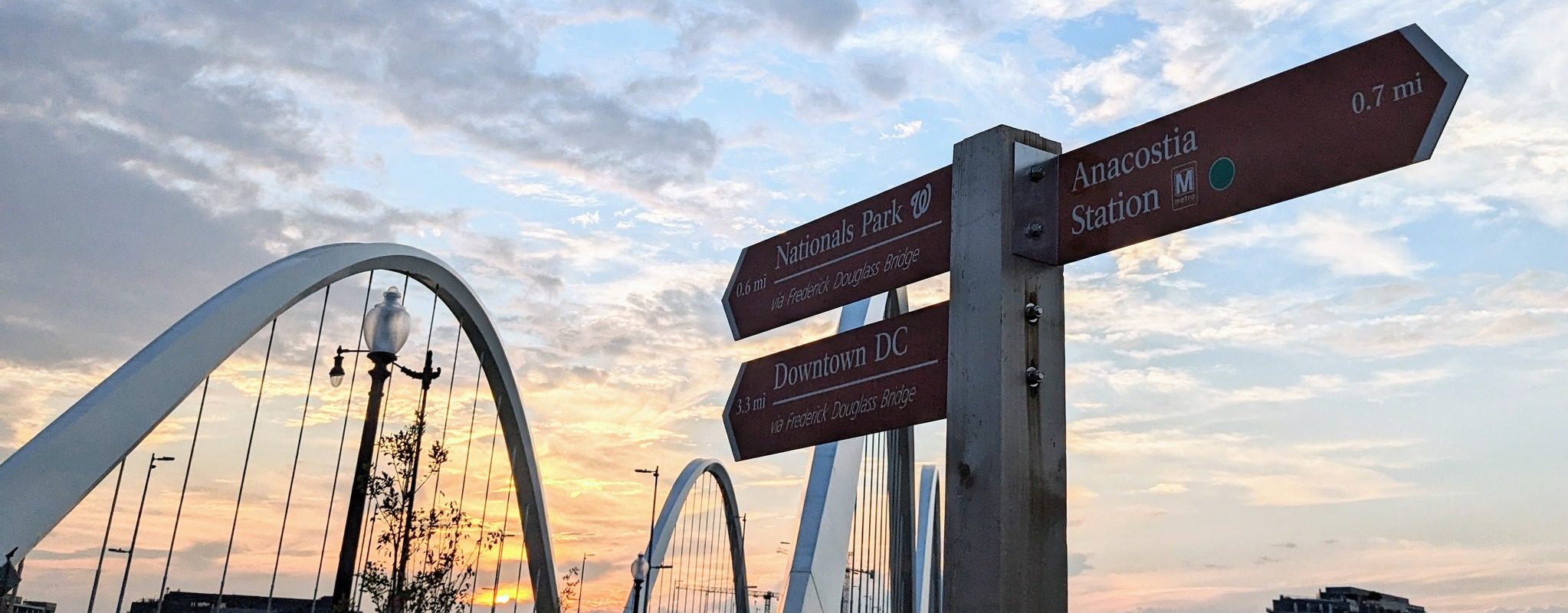Above is a slice of the theater at Termessos, a city atop a hill about three times the height of the Empire State Building. The rounded theater, likely built well before the birth of Christ, is still in pretty good shape. Sit there a while under a blue sky and you wonder what people watched in this remote city, which already was well established when Alexander the Great wandered through the nearby region in 333 B.C.
How many people sat in the same place you are sitting and watched a play, rapt and caught up in the drama? How many spent much of an animal show scanning the crowd, looking for familiar faces? How many were happy or hungry, bored or thrilled, in this same place?
Termessos was one of the highlights of Turkey for my husband and me. Depending on which account you read, Termessos was either part of or a neighbor to the ancient kingdom of Lycia. Lycia is mentioned in the Iliad, which probably dates to the 8th century B.C.
Guide books and tourist brochures say Termessos is mentioned in the Iliad. It may be, but I didn’t find it. If anyone knows of the reference to Termessos, please let me know where to find it. I checked a few online editions and searched for Termessos. Some brochures gave the clue that Termessos is connected to the story of Bellerophon,. That legend that follows appears in every version of the Iliad I consulted, although the wording varies.
Bellerophon, “whom heaven endowed with the most surpassing comeliness and beauty,” spurned Antea, wife of Proetus.
Antea “told lies about him to Proteus. ‘Proetus,’ said she, ‘kill Bellerophon or die, for he would have had converse with me against my will.’ The king was angered, but shrank from killing Bellerophon, so he sent him to Lycia with lying letters of introduction, written on a folded tablet, and containing much ill against the bearer. He bade Bellerophon show these letters to his father-in-law, to the end that he might thus perish; Bellerophon therefore went to Lycia, and the gods convoyed him safely.”
The king in Lycia serves Bellerophon feasts, killing nine heifers, before opening the letter from his son-in-law. He then tells Bellerophon to “kill that savage monster, the Chimaera, who was not a human being, but a goddess, for she had the head of a lion and the tail of a serpent, while her body was that of a goat,” and “breathed forth flames of fire.”
The king then sets Bellerophon against the Amazons, whom he defeats. The king set up an ambush with his best warriors, and Bellerophon “killed every one of them. ”
“Then the king knew that he must be the valiant offspring of a god, so he kept him in Lycia , gave him his daughter in marriage, and made him of equal honour in the kingdom with himself; and the Lycians gave him a piece of land, the best in all the country, fair with vineyards and tilled fields, to have and to hold. ”
The Mediterranean coast of what we today call Turkey had stories and towns and theaters and kings for centuries before it had Turks, who arrived in the 10th and 11th centuries A.D. The region these days is not so “fair with vineyards,” having seen its inhabitants change allegiance over centuries from worship of Aphrodite and Zeus and Bacchus to Christianity to Islam.
There are stretches of olive groves today, probably not much different than they had growing in the days ofLycia, even if there never were Amazons or a lion-headed goat called a Chimaera.
To get to Termessos, David and I took a local bus heading west of Antalya. It left us on the highway near the entrance to the Turkish national park, built around the ruins at Termessos.
The only cab driver waiting there wanted more than $40 to run us up the hill, far more than our guide book suggested. We decided to walk and were rewarded by fresh air and green trees. About halfway up the winding road, a park ranger offered us a ride and gave us free maps of the
region.
Even from the parking lot at the top of this hill, it’s a steep climb to the ruins at Termessos.
That keeps the number of visitors small. It’s not the right terrain for tour buses. We saw only a handful of other tourists at Termessos.
It was a luxury to wander by ourselves after spending a few days in the crowds attracted to Turkey’s Mediterranean cities. We’d been disappointed the day before at Side, another ruin
site. There, a few Greek buildings are surrounded by gift shops and restaurants. Hawkers yelled out to David and me in German, a language that we don’t speak. There were fellow tourists everywhere we looked and seemed to be far more tour buses in the area around Side than ruins
of great interest.
Termessos may have thousands of tombs with carvings like those below.
There hasn’t been much excavation at Termessos, or large efforts to piece together what happened there. It’s a little startling when you live in America, where there are historical societies for things made in the 20th century. Little schoolhouses built after World War I have volunteer docents, and here is something that was old when Alexander the Great was alive…and there is very little known about it.
Termessos seems to have been abandoned between the 5th and 7th centuries A.D., likely after an earthquake. Buildings have toppled since and things like the column shown below lay where they fell.
David and I talked for a minute about how sad it would be for the craftsman who made this column to see it now. Then we realized how amazing it is that anything lasts this long, more than a millennium. How much, if anything, of what we are all working on today would last that long?

